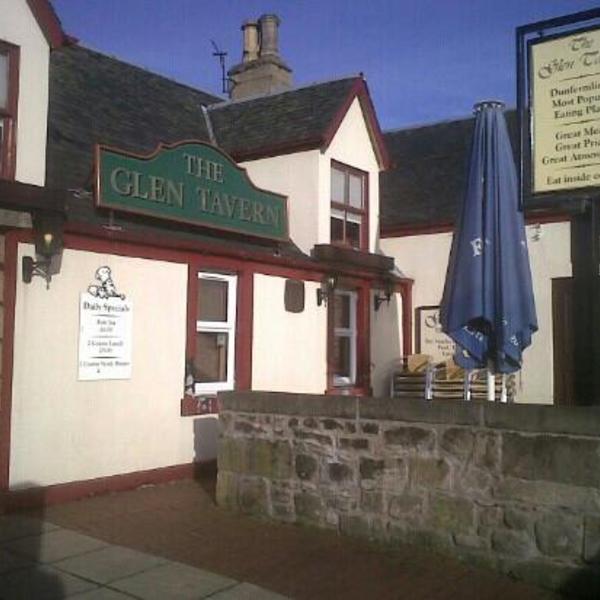
Ball Room Sports Bar
Dunfermline, Fife, KY12Come and enjoy a drink, some food and a game with friends in the most stylish lounge in Dunfermline.
Thinking about moving to Dunfermline? Discover why it's a great place to live, fun things to do here, what the local schools and transport connections are like - and of course the most important thing of all: how much houses cost to buy.
Living in Dunfermline combines the charm of historical heritage with the advantages of urban living. The town is known for its romantic Victorian and Edwardian architecture, which adds an old-world charm to the place. The town offers a mix of urban and rural environments, with many attractive outdoor spaces, like the renowned Pittencrieff Park, perfect for families and nature enthusiasts. It is a dormitory town for Edinburgh, so moving to Dunfermline means living in a peaceful town while being only a short commute away from Scotland's bustling capital city.
Dunfermline is famous for its rich history as the ancient capital of Scotland. Many historical events happened here, such as the reign of King Robert the Bruce. His final resting place is in Dunfermline’s Abbey and Palace, a fact that adds to the city's historical intrigue. Another personality Dunfermline is famous for is Andrew Carnegie, who was born here. His legacy is heritage landmarks like Pittencrieff Park and the world's first Carnegie Library.
There are plenty of interesting things to do while living in Dunfermline. History buffs can explore its historical landmarks like Dunfermline Abbey, the resting place of Robert the Bruce. The Andrew Carnegie Birthplace Museum is another must-visit spot, letting you delve into the rich history of this renowned philanthropist from Dunfermline. Pittencrieff Park, also known as 'The Glen', offers beautiful green stretches and charming gardens where you can relax. For those who love the buzz of city life, there's also an array of dining options and live music at night.
We have used a bespoke generative AI model to help us research and create our area guides. All of our content is reviewed, and edited where needed, by our trusted team of Zoopla content editors.
We update our average asking prices every day using data from millions of properties for sale.
Whether you're looking to buy a family home or a beautiful apartment, we've got you covered.
Offers over
£85,000
Offers over
£85,000
Guide price
£85,000
Find the nearest train stations and other transport links in Dunfermline.
Discover local primary schools, secondary schools and sixth form colleges in Dunfermline.

Come and enjoy a drink, some food and a game with friends in the most stylish lounge in Dunfermline.





Lovely welcoming oulet opening from 12am to midnight, Monday to Sunday with food service between 12am and 9pm, Monday to Sunday.